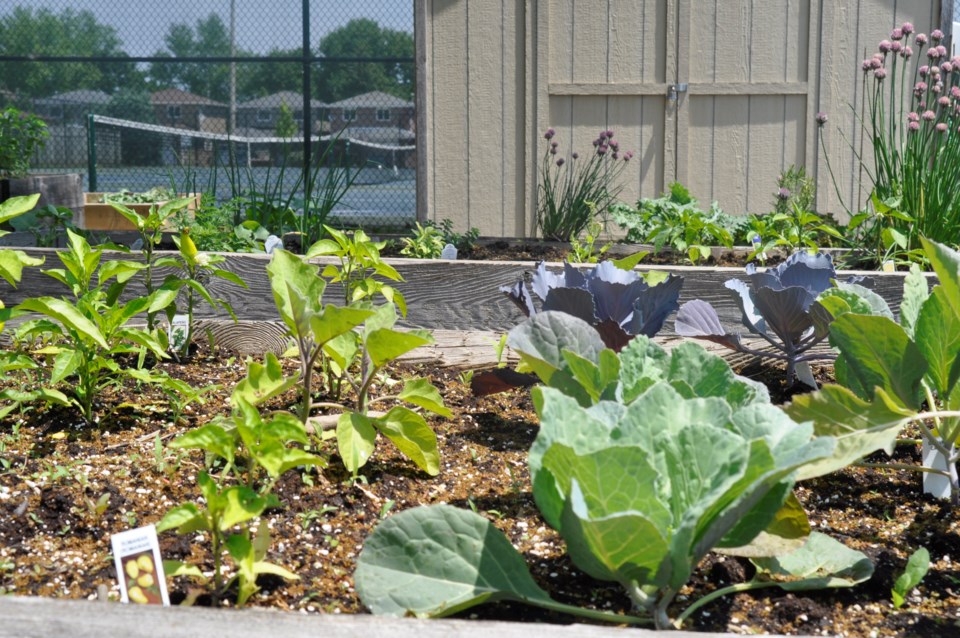A 15-year community initiative continues to strive and is ready to sprout up with the new season.
And Bradford’s community garden has space for others wanting to grow their own greens.
“This year I do have a few plots open,” says Gwen Cottingham, president of the Bradford West Gwillimbury Community Initiatives.
The organization aims to assist the community in providing available resources for access to nutritious local food. It does that through a community meal — a program currently in redevelopment — and a community garden in Bradford Lions Park on Colborne Street.
The group works with town officials to not just develop the individual garden plots — which number about 16 — but also to prepare the area and sustain the resulting growth. Each plot is assigned to individuals, families, and/or groups who plant what they like for cultivation.
The town provides the dirt and the water and maintains the surrounding area, and the rest of it is up to those who have claimed a plot.
The plots come in two sizes — three by 12 feet and three by six feet. The cost is $40 for the larger space and $20 for the smaller ones. They money goes toward the Initiative’s other project, the community meals.
Participants can purchase their starter veggies or flowers or seeds, but Cottingham points out that the town’s library also has a seed collection which is offered to residents for free.
Typically, everything gets going during the Victoria Day long weekend in May but participants are welcome to begin sowing their seeds or planting their plants sooner. The catch is, they’ll have to bring in their own water until the town provides it at the end of May.
Cottingham says the project brings out a variety of people. It is particularly attractive to older people who have moved out of their houses and into apartments or seniors’ residences. One senior couple, she says, grows food for the food bank and The Loft supportive housing.
Some of the food grown there goes into the community fridge at the library, which is then offered free to the community.
For the uninitiated, Cottingham is always willing to provide tips and support. But often there are others working on their own plots on hand willing to share some advice.
“They’re all very friendly and willing to help,” she says.
Vegetables commonly grown in the community garden include tomatoes, onions, peppers and carrots as well as lettuce, kale, beans and peas. One grower planted corn one year and although it didn’t grow the heights typically seen in fields, it was still fairly successful. One woman grew flowers which she distributed to homes across the community.
The plots may not be huge, says Cottingham, but they sure can produce quite a bit of produce.
The idea behind community gardens is to provide space for people to grow their own food—– this has become even more critical with dramatically rising food prices and concerns about food insecurity, adds Cottingham.
“Its just another cog in the wheel to try to help people who need the help,” says Cottingham.
But the garden also provides that sense of satisfaction for those working at their own plots to later see the fruit of the labour.
While the community garden has continued on every year in the 15 years or so since it was launched, the community dinners came to an abrupt end with the intrusion of the COVID-19 pandemic.
The group is hopeful that the dinners will resume but the challenge is to find a certified kitchen where the meals can be prepared. Cottingham said if in its new iteration the dinners end up being take out, that’s just fine. But finding a new home remains a priority.
Anyone interested in participating in the community garden or having their own plot is encouraged to reach out to her at [email protected].



